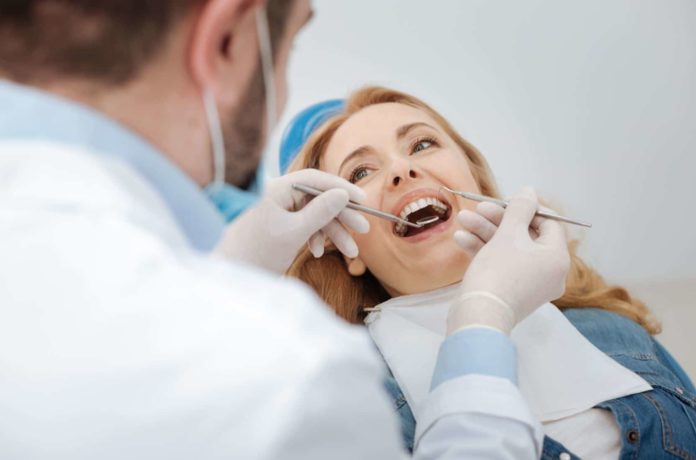It is essential to inculcate good oral hygiene habits through regular brushing and flossing. But this may not be sufficient to keep dental problems at bay. Regular dental exams combined with professional cleanings are crucial aspects of preventive dentistry. These focus on preventing oral health problems and halting the disease progression. A healthy mouth can also help prevent other systemic diseases.
The cosmetic dentist in Downtown Chicago and their team strive to spread awareness about the importance of oral health and provide diagnostic dental exams and professional cleaning.
What are the steps involved in regular dental exams?
Regular check-ups once every 6 months or annually are essential and include the following steps:
- Physical examination
This includes a detailed examination of your oral cavity. All the tooth surfaces are checked for the presence of any pits, fissures, or prominent cavities using a dental probe.
- Diagnostic X-rays
These are excellent diagnostic tools that help in the early detection of tooth decay, tumors, cysts, lesions, and bone loss that are not visible through the naked eye. X-rays greatly help dentists to study the morphology of the teeth and the surrounding structures that help design an appropriate treatment plan.
- Gum disease assessment
Your dentist will examine your gums to check for any redness, tenderness, bleeding, or the presence of gingival pockets. These mark the early signs of periodontal disease.
- Examination of old restorations
Existing fillings, implants, and crowns will be checked for any secondary caries or prosthesis dislodgement.
- Oral cancer exam
Your dentist will check your lips, tongue, inner cheek lining, throat, gums, jaws, neck, and face for signs of any oral cancer.
Professional cleaning is important at least once a year
Dental prophylaxis (cleaning) is often performed by dental hygienists. This includes the following:
- Removal of plaque and calculus (tartar)
- Plaque and calculus are hardened bacterial debris that sticks to the tooth surfaces. These cannot be removed with regular brushing or flossing. Ultrasonic instruments are used to remove them from interdental and subgingival areas.
- Failure to remove plaque and tartar can worsen your condition due to the secretion of toxins that demineralize the tooth structure. The bacteria can colonize further, and the inflammation may progress to cause periodontal disease.
- Teeth polishing
- Once the plaque and tartar are removed, your dentist will polish the teeth surfaces using gritty toothpaste and a rubber cup that scrubs against the teeth’ surface.
Even though you do not have any dental problems, dental exams and cleanings can help you maintain good oral health and prevent any issues in the future. These help brighten your smile, boost your confidence level, and improve your quality of life.











